Why Are Trees Important?

The True Value and Benefits of a Tree
Chances are, if you’re reading this blog, you already like trees. We climb in them when we’re young, exploring and expanding our curiosity. As adults, we want them planted in our yards, we vacation in thickly wooded areas. As much as we have integrated technology in our daily lives, we have a generally deep-seated love for trees. In fact, “Tree worship, in one form or another, has been practiced almost universally by ancient peoples in every corner of the globe”. We view trees as protectors, providers, and a general connection to the natural world. So what are the reasons we have such a strong connection to trees, and why are they so important? And not just to humans, but important to the whole planet?
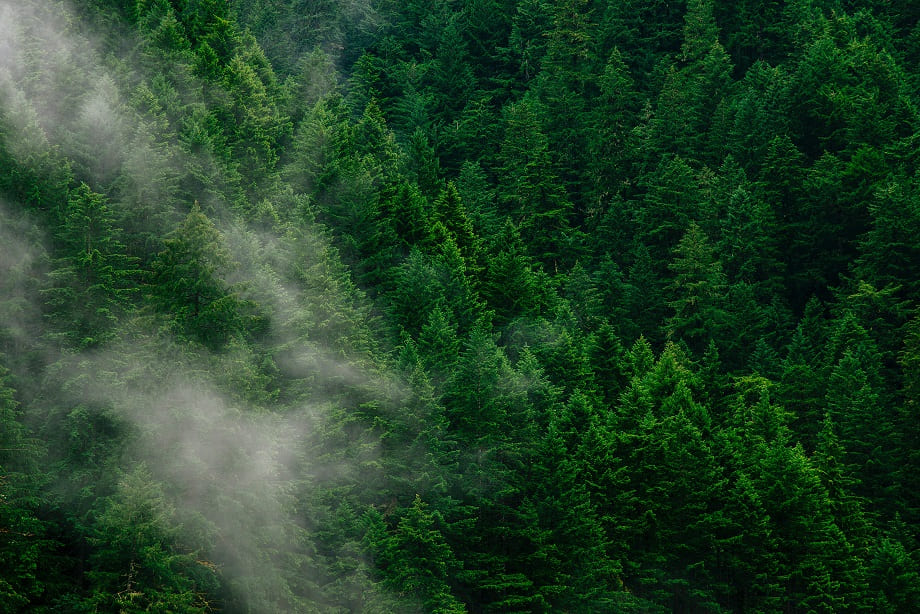
Trees Clean the Air
The Carbon Cycle
When we think of Carbon Dioxide, we tend to associate it with greenhouse gasses. However, Carbon and Carbon Dioxide aren’t “evil”. In fact, human bodies are made up of 18-19% carbon. Carbon and the carbon cycle are extremely important to the lives of plants. Trees and plants absorb carbon dioxide from the atmosphere and convert it into oxygen as part of the process of photosynthesis. So, plants literally suck the carbon out of the air. Too much carbon can be harmful to humans, and expel life-giving oxygen. Trees actually store carbon in their trunks and root systems. According to the USDA, forests in the US “absorb and store about 750 million metric tons of carbon dioxide each year, an amount equivalent to only 10% of the country’s CO2 emissions.”
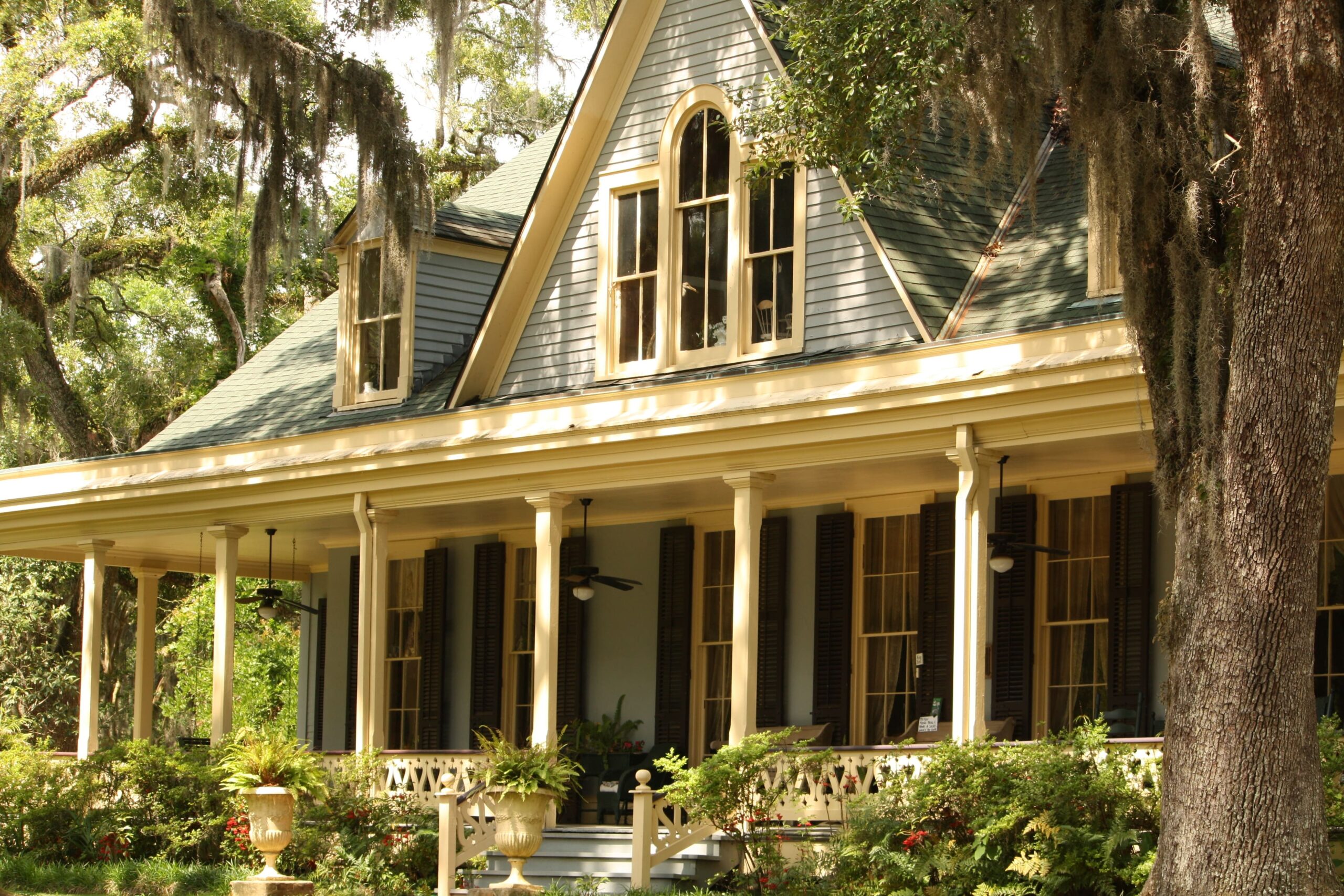
Trees Protect the Environment
Reducing Heat and Saving You Money
If you’ve got a mature tree in your yard or in the park close to your home, you know how nice it can be to sit in the shade on a hot summer day. Trees aren’t only good for cooling off an individual person, however. Strategically placed trees can actually create enough shade around your home to reduce your family’s need for air conditioning by up to 50% in the hot summer months. That means less energy we’re consuming to cool our homes and a smaller carbon footprint. Not to mention the money you can save on your energy bills.
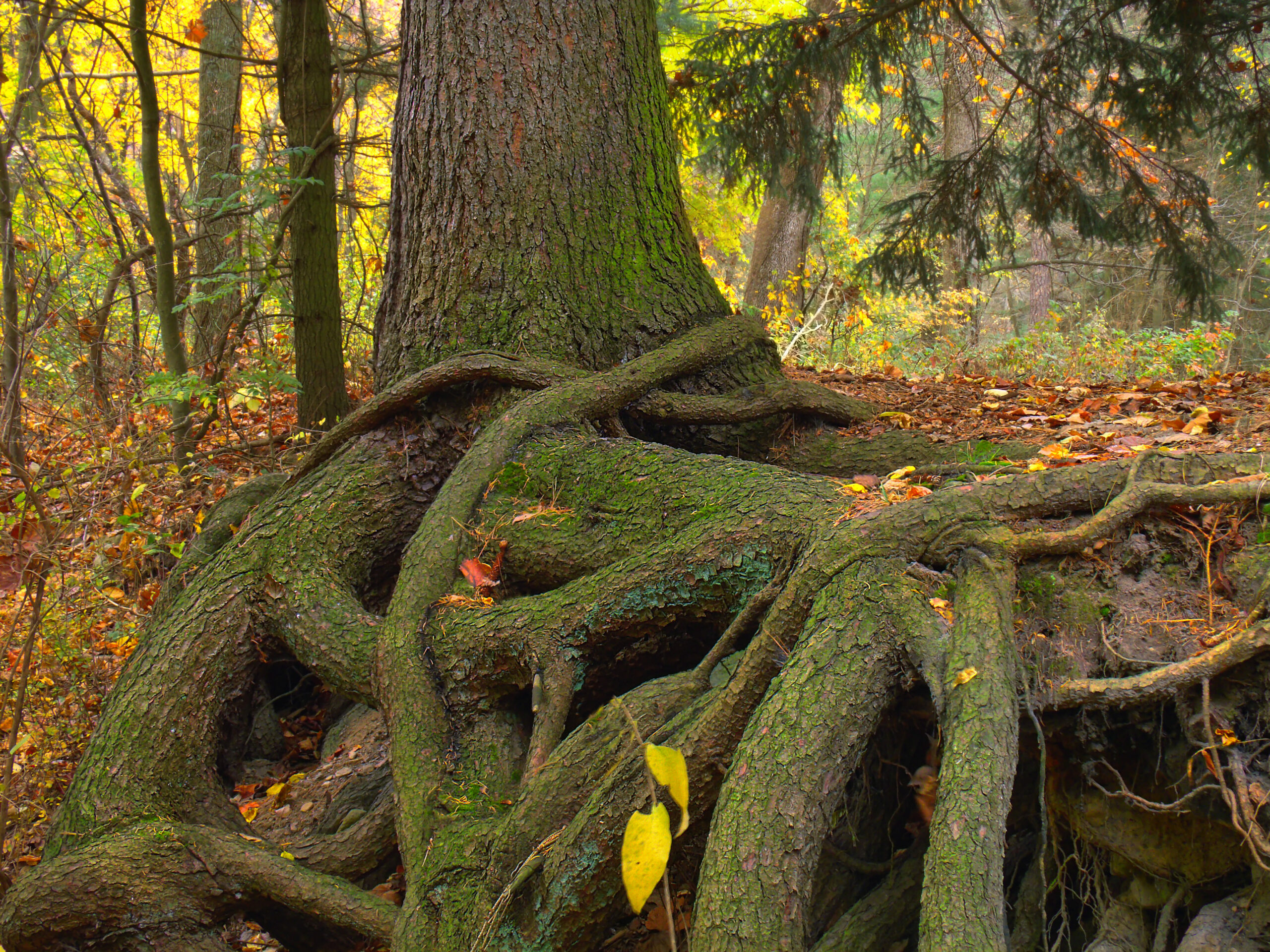
Trees Can Reduce Soil Erosion
Soil erosion can be incredibly problematic. Eroded topsoil can be completely stripped of the necessary nutrients to provide crops and wild plants with the sustenance they need to survive. What is perhaps more concerning is that planting materials like manure and pesticides can be washed off of farms and into local water supplies. No beuno. Trees act as the glue that holds otherwise “loose grounds” together. The roots reach into the soil and work to hold it together during an onslaught of rain. They also absorb excess water that can cause flooding, helping to prevent further flooding and water pollution.
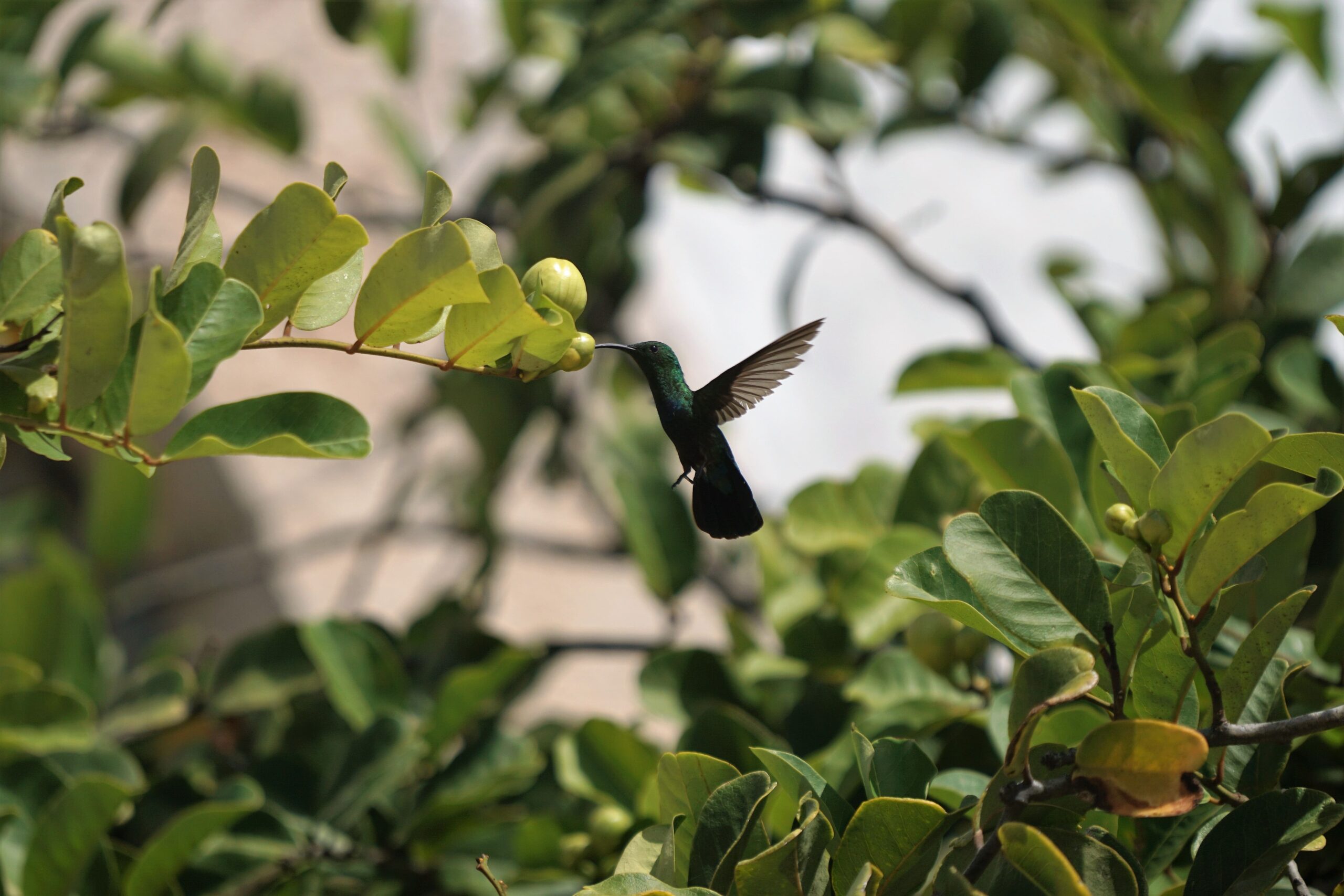
Trees Provide Homes and Sustenance
A Place to Live for Animals
When you’re sitting under your favorite tree, you probably already know that you’re not alone there. Forests and trees are homes to many incredibly complex ecosysytems. Plants, animals, and fungi all take shelter in trees. The trees provide sustenance, in the form of food, and protection, in the form of cover, from the elements and from predators. And, obviously, we use wood to build our own homes.
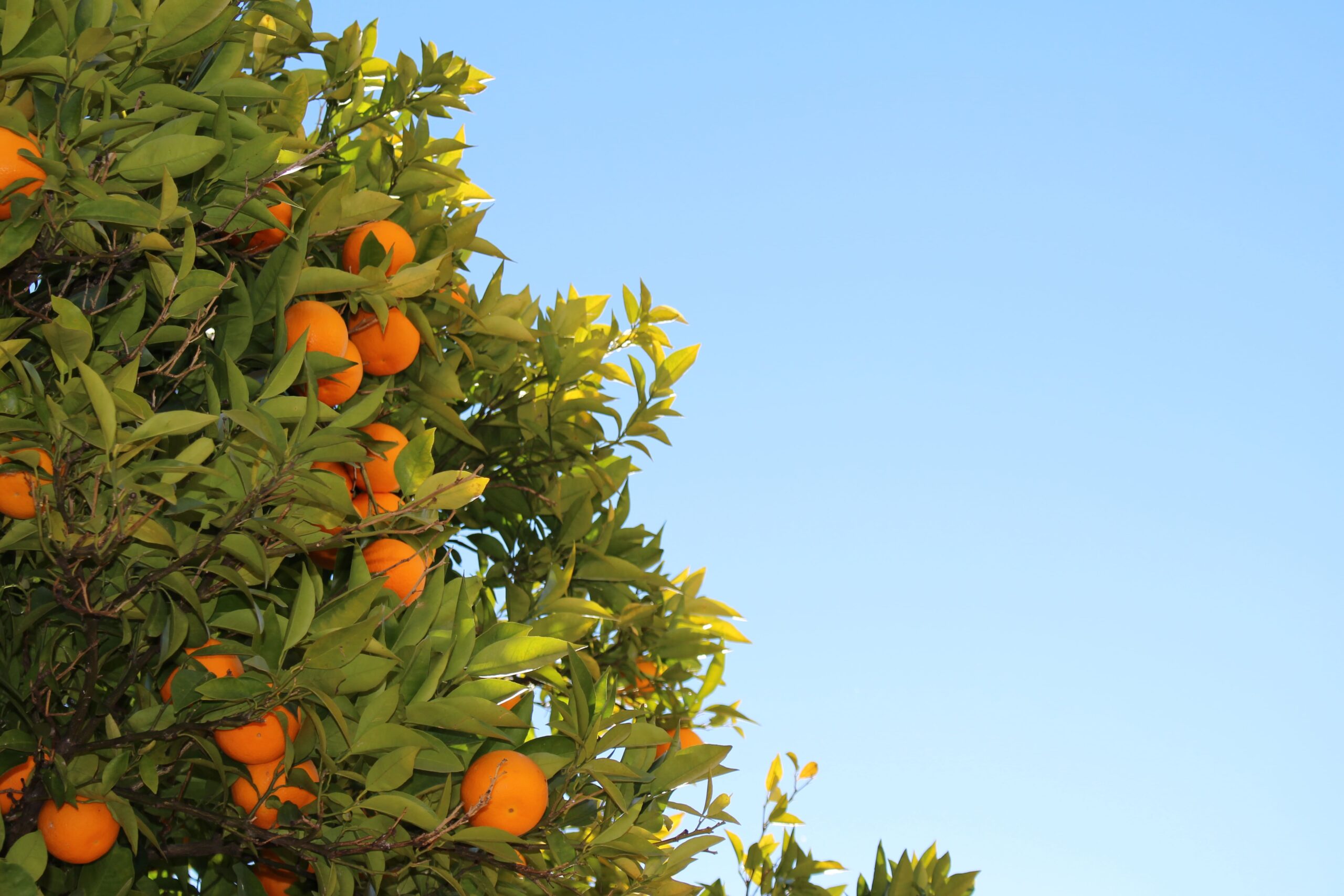
Trees Are A Source of Food
You know that woodpeckers love to hammer away at hard tree trunks to find the delicious bugs lurking inside. But, you might forget just how much food humans get from trees, too. We eat tree sap in the form of Maple Syrup, tree fruits like apples and oranges, and seeds and nuts like walnuts or cashews. There are even many edible tree leaves that humans regularly partake in. Whether we’re eating them, extracting oils, or making tea, there are all sorts of ways to enjoy tree leave . Did you know that you can make a vitamin C rich tea out of the spruce tree leaves in your yard? Well, you do now!
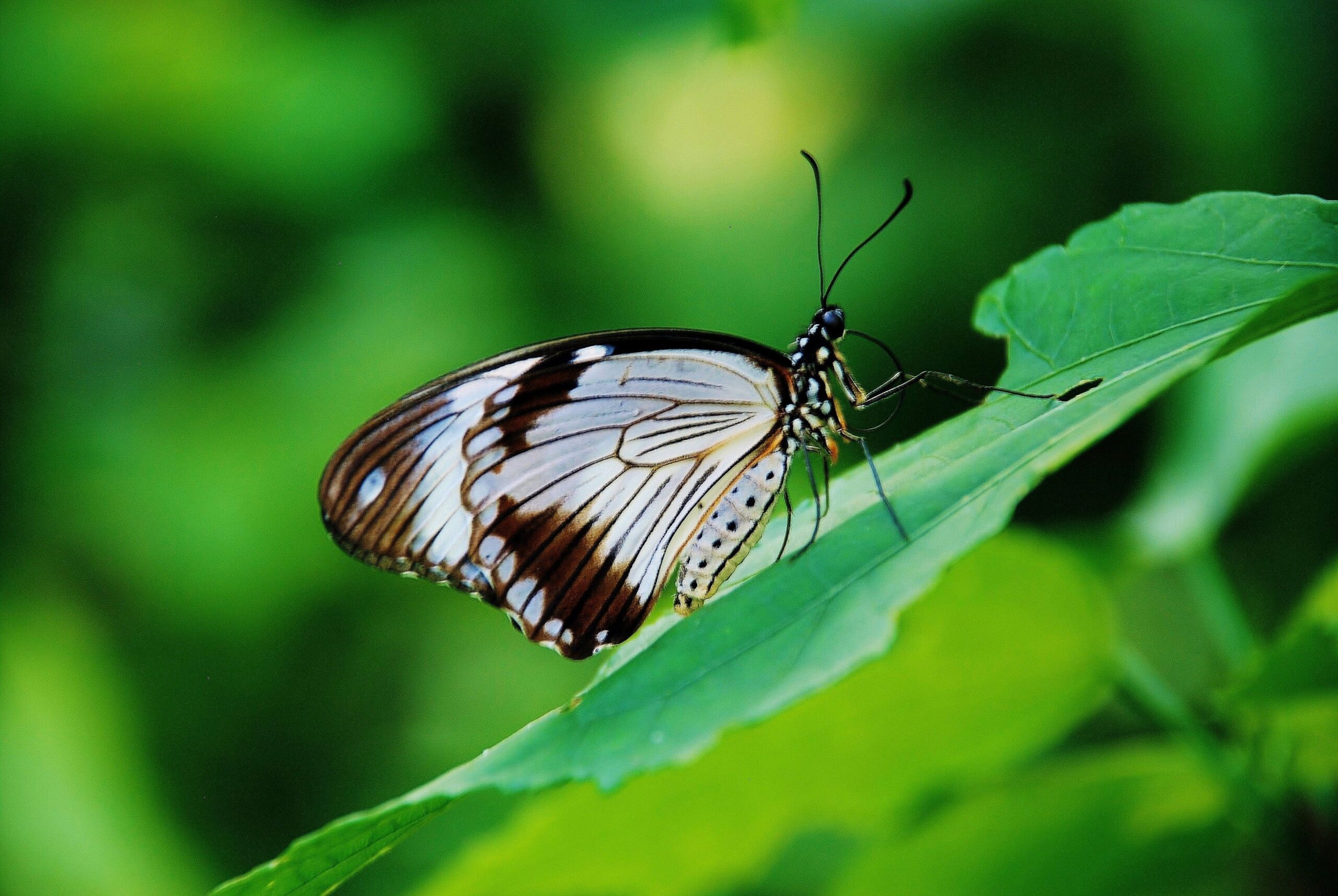
Never Take a Tree For Granted
When cell phones first became hugely popular they were praised for every (as it would seem now) primitive function they could perform. Now, after decades of innovation in technology, our phones can do more than we ever imagined, but we appreciate their aid in our lives less and less. I think it’s safe to assume that we’re not converting any tree haters out there. Think of this blog as your gentle reminder of all the great things that trees do for our lives.
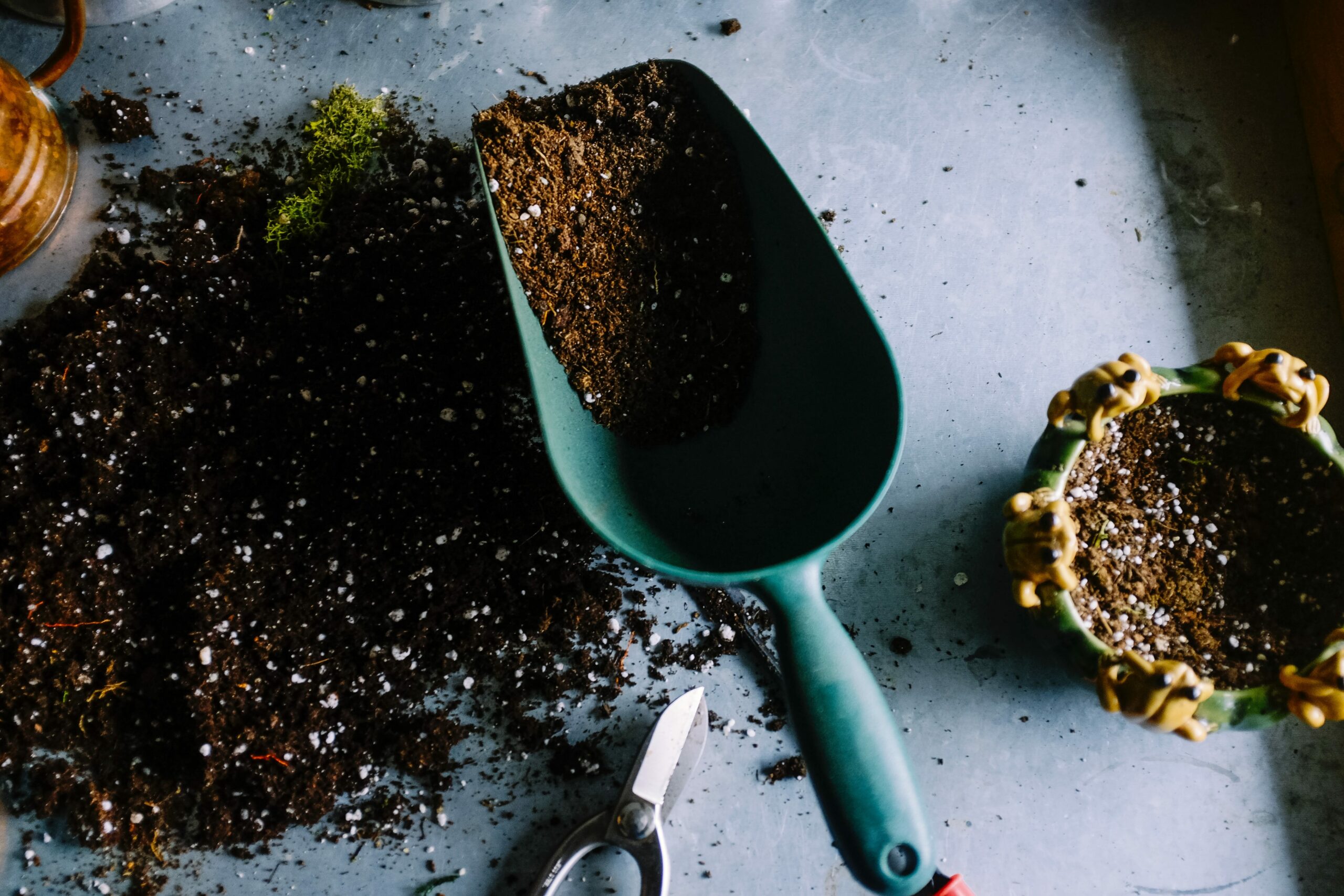
Take some time to think about how trees connect and protect lives in your own community, and what you can do to protect the trees around you. Of course, you already know that if you want to go a step further and plant more trees to reduce your carbon footprint, we can help you out with that one.